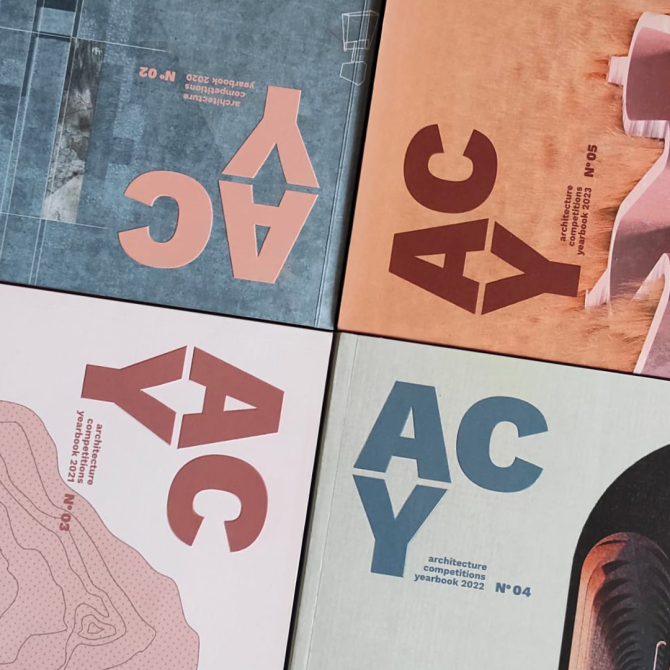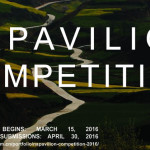In this article, we continue our series on Competitions.archi, presenting a collection of articles on different architectural competitions. Today, we will be featuring the winners of the Innatur 9 Competition by OpenGap.net.
The primary objective of this series is to delve into the design process behind each winning project. We are eager to learn from architects and designers about their journey to victory in these competitions. How did they secure their win? We are curious to explore their creative path, from the initial concept and early blueprints to the final comprehensive plan. Additionally, we want to understand the choices they had to make along the way, including the solutions they discarded. Most importantly, we aim to uncover the grand idea behind each project. To achieve this, we will request sketches, drafts, and detailed descriptions, enabling us to fully grasp their techniques and the processes that led to their award-winning designs.
This article forms part of the Architecture Competitions Yearbook 2020, where you can find more captivating stories and inspiring projects similar to the one highlighted below.
We are very interested in the topic regarding architecture contests, as we believe it’s a platform in which architects can originate changes in our society: that is why, in an independent way from our educational establishment, we decided to participate in INNATUR 9. We understood there existed 3 possible ways of approaching a contest: answer the questions proposed by a competition, propose our own questions and answers (in the case of cultural and artistic funds) and, lastly, to search a contest that is making the question to which you already have some possible answers for. This last option was our way of operating for INNATUR 9, in a certain way is facing the contest backwards.

When addressing the subject of the territory by the means of fiction, in this case the legend of the Caleuche, it was something that we had been thinking about for a while, and INNATUR was the perfect platform to put into a test this way of interpreting the cultural territory. The design process started grounding the idea to interpret Chiloé’s archipelago through the legend of the Caleuche, and adapting the work to the program requirements set by the contest’s terms. After that comes a process of a lot of hand-drawn sketches and conceptual models, to then translate those ideas into a computer through 3D models and plan blueprints, which required to elaborate more the project through the design. Another important aspect is to decide how you are going to show your idea, and what tools will you choose to do it; in our case it was via images of the project, photographs of the landscape and an extract of a poem by Gabriela Mistral. It was also about responding the question of “how can one build and manage the project?” through local processes pertinent to the territory.

The Project represent a certain way to do things in our School of Architecture, which puts emphasis on the study and comprehension of the territory. One can also see reflected various topics that have been addressed in previous contests, as is the case of “Industrial landscapes in the Patagonia”, workshop class by Olivia Coutand and Camilo Oliva, where we worked with the salmon industry of the south of Chile.

We believe the most interesting part of the Project is how you can understand a place trough fiction, how it reveals certain cultural, geographic and social characteristics of a territory, which makes us wonder: are the tales of a place a part of its territory? Is the Caleuche part of the chilote territory? These questions are what we are looking to put into value with our project.
Authors: Fernando Iniguez, Cristobal Contreras from Chile
If you would like to ready more case studies like the one above please check our annual publication









